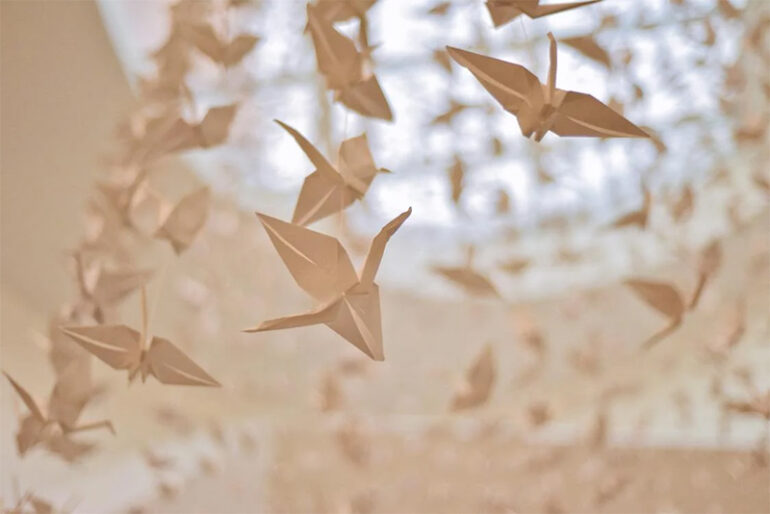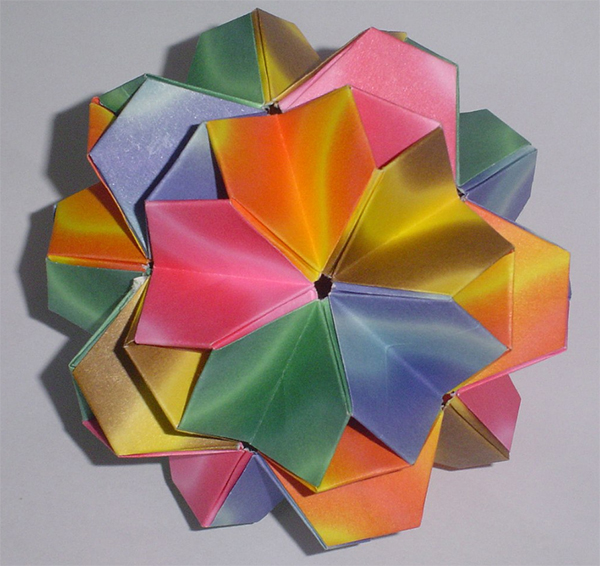Origami is an old way of folding paper that has a fascinating past that goes back hundreds of years. In ancient China, paper was first made. It quickly spread to Japan and became strongly connected with spirituality and cultural practices. Over time, origami went beyond its practical roots to become a beloved art form whose beauty and accuracy enchant people all over the world. Today, artists and craft lovers are still pushing the limits of this old craft by trying out new materials and methods that make it more artistic. Origami keeps changing, with new ways to fold and different materials like cloth and metal. It has had a long effect on the world of art.
A Historical Journey: Exploring the Origins of Origami
Origami, the art of folding paper, has a rich history dating back millennia. The first paper was made in ancient China. Chinese people first used paper for packaging and shipping, but they soon realized it could also be used for art. Paper folding spread over Asia, particularly in Japan, where it flourished. Origami became profoundly embedded in Japanese Buddhism. In Japan, intricate paper crafts were occasionally used at religious events and as significant gifts. Origami has developed from a functional craft to a revered art form whose beauty and accuracy attract people all around the world.
Unfolding Creativity: Contemporary Approaches and Techniques
Origami is becoming more about creativity than merely traditional folding techniques. Modern artists and art fans have experimented with novel approaches and techniques to develop this traditional art genre. It looks like an origami contains several folds. Many components may be combined in modular origami to form complex forms. Wet folding produces organic, attractive shapes. Artists are increasingly integrating linen, metal, and plastic into their origami masterpieces to provide texture and complexity. Origami surprises and inspires with every new design, demonstrating its limitless artistic potential.
Beyond Paper: Exploring Alternative Materials in Origami
Origami has usually been done with paper, but now artists are using other materials to make the art form more versatile. Artists and designers have started to use things other than paper for origami projects, like cloth, metal, and even plastic. These unusual tools have different colors, textures, and building options, which opens up a whole new world of artistic expression. It doesn’t matter if you’re folding thin silk into detailed origami flowers or shaping metal into geometric shapes. Using different materials gives the art of origami a new dimension, pushing its limits and attracting people with its creative approach.
From Hobby to Art: The Evolution of Origami in Modern Society
Origami has progressed from a hobby to a prominent art form in contemporary society. Its evolution from hobby to art demonstrates its appeal. Many individuals from many civilizations are captivated by origami. Its peaceful, relaxing, and creative qualities add to its appeal. Origami is also used in math, design, and teaching, exhibiting its adaptability and utility today. Origami inspires individuals all around the world. Its blend of history and innovation has made a mark on art.
Origami has progressed from a useful skill to a revered art form that spans both time and culture. It originated in ancient China and eventually moved to Japan. This history has given rise to new tactics that encourage creativity. Origami intrigues and inspires as new materials are introduced as origami becomes more popular in modern society, leaving an indelible mark on art. Its appeal stems from the combination of tradition and innovation to create a timeless and thoughtful mode of expression.
Photo Attribution:
1st and featured image by https://www.pexels.com/photo/paper-cranes-1631516/
2nd image by https://commons.wikimedia.org/wiki/Category:Origami#/media/File:Little_Turtle_-_Flickr_-_Pano_e_Papel.jpg

